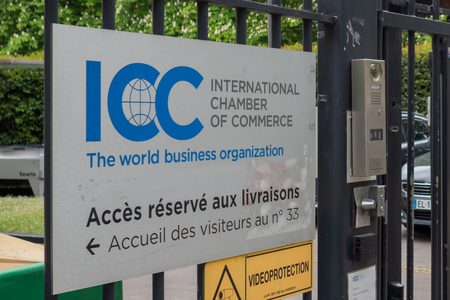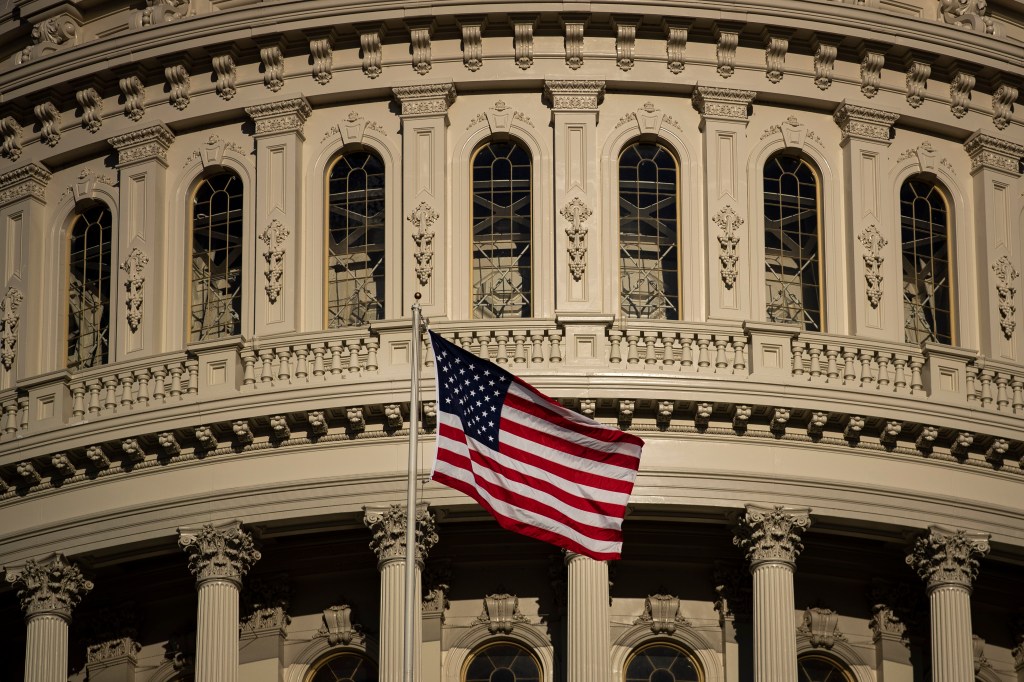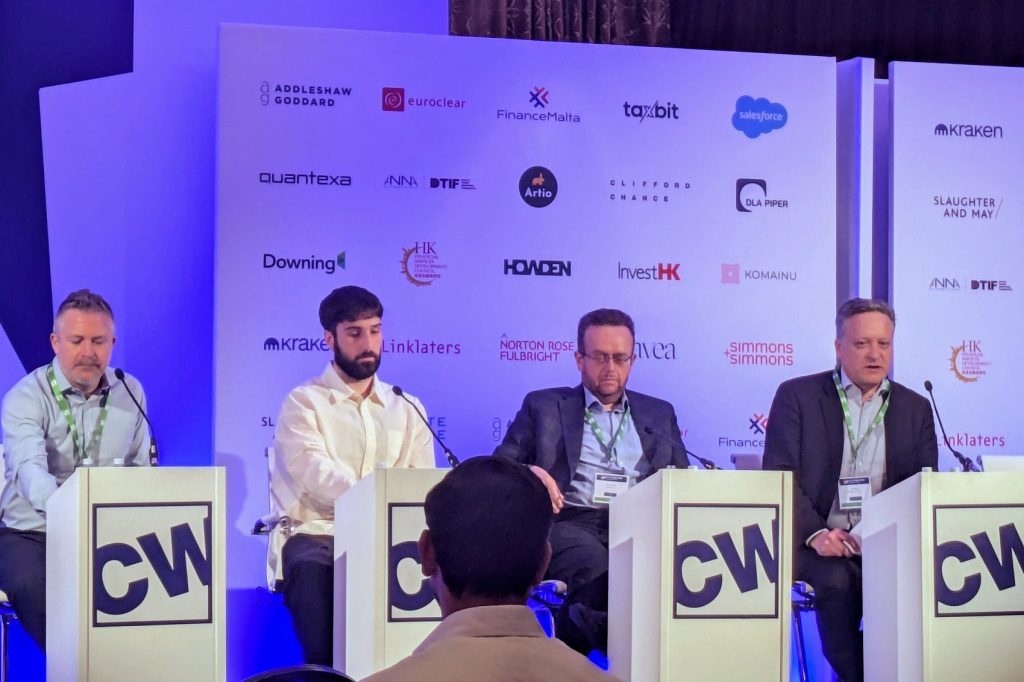As governments around the world grapple with how to achieve their net-zero carbon targets, regulators are stepping up their efforts to impose various environmental, social, and governance (ESG) rules on financial institutions in a bid to cut emissions and create more sustainable economies.
Much of the focus so far has been around disclosure requirements. Take the European Union, for instance. In March 2021, it introduced the Sustainable Finance Disclosure Regulation (SFDR), which seeks to increase transparency around financial firms’ sustainability risks, investment processes, and financial products.
“Two years ago we took the decision to bolster what we were doing on integration of ESG factors into our investment process, and then when SFDR came in we further enhanced that,” says Andrew Fowler, Head of Compliance at Aviva Investors. “One of the key things we thought about is how we remunerate people in the front office in particular to make sure they’re doing a good job of managing sustainability risk.”
Categorising funds
To comply with SFDR, asset managers now have to consider categorising the funds they offer according to their sustainability level. Funds that fall under Article 6 of SFDR have no sustainability requirements, but they must be clearly labelled as non-sustainable. Funds that fall under Article 8, must be products that promote environmental and social characteristics – what Fowler calls “light green.” And funds that fall under Article 9 must be products that specifically target sustainable investments, or “dark green.”
“If you’re an adviser in the EU, you’ll be required to ascertain your clients’ sustainability preferences. Then working out what those are will inform what you can offer them,” says Fowler. “If they say they have a strong sustainability preference, they’ll probably be steered in the direction of an Article 9 fund. If it’s a mild preference, they’ll have to get an Article 8 fund. But you won’t be able to sell them funds which are not in one of those two brackets.”
One potential issue with this approach is that there is not a lot of guidance at the moment about where to draw the line between what would be a non-sustainable investment and what could fall under Article 8.
“We are concerned that, in the absence of minimum standards from the EU, there’s clearly a risk of greenwashing.”
Andrew Fowler, Head of Compliance, Aviva Investors
“There are shades of grey between normal Article 6 funds and Article 8 funds, and we are concerned that, in the absence of minimum standards from the EU, there’s clearly a risk of greenwashing, as there’s such a big commercial incentive to widen your appeal to as much of the market as possible,” says Fowler.
Other jurisdictions are taking a similar approach. Back in 2018 the Guernsey Financial Services Commission introduced a regulated green fund seal of approval to let investors know that the products they are buying have the highest ESG standards.
“What the regulators have created is a definition of what green is considered to be and, in order to get that designation, people have to give assurances to the regulator that the underlying asset base is suitably green, that it meets those criteria, and that it will continue to do so,” says Wayne Atkinson, a partner at offshore law firm Collas Crill and head of its Guernsey corporate, finance, and funds team. “The point of this approach is that it looks to promote the positive aspects of ESG by giving you a kitemark if it’s good, whereas with the EU regulation everyone has to apply and you get a negative impact if you’re not looking so hot.”
The SEC approach
In the US, the Securities and Exchange Commission (SEC) is taking a different route from the EU and targeting companies and their executives directly. The SEC proposed ESG disclosure rules earlier this year, while the UK was the first G20 country to outline plans to adopt the Task Force on Climate-Related Financial Disclosures (TCFD) framework, designed to promote more informed investment, lending, and insurance underwriting decisions. But some still wonder whether disclosure rules are sufficient to meet the government’s carbon reduction targets.
“What the regulation is trying to do is bring in a minimum standard, but the problem with that is if you look at what we expect TCFD to look like, there is a question as to whether that is going to be enough to get us to net zero by 2050,” says Caroline Saul, a project finance partner at Osborne Clarke. “What we’re seeing at the moment is a call already for the anticipated low bar of TCFD to be raised higher. As it stands, there is capacity for greenwashing and there is capacity for just box ticking without really having the impact these things should be having.”
Against that backdrop, some financial institutions are putting in place their own higher ESG standards, in part because they recognize their shareholders and customers expect it.
“Institutions are catching on to the fact that this is a reputational issue as well, so even if there’s a regulation that says this is all you have to do and that’s fine, or in fact you don’t have to do it because you’re too small or you’re too new, many want to ensure they are holding themselves to a higher standard so they can publicize themselves as ESG-pure – that there is no greenwashing and no box ticking,” says Saul. “Regulation needs to be vastly accelerated in order to catch up with the funds that are already setting a good standard and to make sure we meet net zero.”
“Cross-sector collaboration is important and is what is needed because it is in everybody’s interest to shape the horizon.”
Adhiraj Maitra, director, Willis Towers Watson
Yet for funds that are lagging on integrating ESG into their investment process, adapting to the new rules won’t be easy if they are transitioning from a standing start.
“Potentially it’s very significant in the EU as you are having to make some fairly fundamental disclosures,” says Atkinson. “For people who are active in the ESG space, it probably won’t go above and beyond what they are normally reporting to their investors but, because it catches all funds, the people that perhaps weren’t interested previously are now having to engage with it, and that’s where the impact will be most keenly felt.”
Others have also recognised that regulation on its own is not going to be enough to shift the needle on climate change and ESG considerations more broadly. For example, the Prince of Wales and the World Economic Forum in 2020 launched the Sustainable Markets Initiative, a campaign that brings together businesses including banks, consultancies, and global corporations to create more sustainable economies.
“This kind of cross-sector collaboration is important and is what is needed because it is in everybody’s interest to shape the horizon,” says Adhiraj Maitra, a director at Willis Towers Watson. “All sectors realise there will be pressure to act and the greatest benefit will be from working together.”
Track exposure
Committing to and maintaining meaningfully higher ESG standards will not be without challenge. One potential issue is the extent to which firms will be able to track their indirect exposure to companies that have weaker ESG standards.
“It’s easy to monitor direct exposure, but what financial institutions might struggle with is indirect exposure because how do you get that indirect data?” says Maitra. “If you think of a property underwriter insuring a host of properties in the retail sector, they are working with the owner of the properties. But if the owner decides to rent a property out to, say, a company that contravenes human rights or animal welfare or some other ESG factor, then the insurer is one step removed. So how do you monitor that? That is a challenge, and that is where collaboration can help. There has to be a free flow of data between the property owner and the insurer and the company renting that place, but until that happens you can only really do so much.”
Appealing to and changing deeply ingrained mindsets is also part of the challenge. “There is a lot of education needed because, at the moment, we’re trying to retrofit this thinking into a generation of bankers and investors who didn’t grow up with any of this in mind,” says Saul. “It’s not that people aren’t doing their best, it’s just that the landscape keeps changing.”
“This is very much a world now where people are expected to be alive to these issues and expected to be taking them into account and considering them as opposed to them being a nice-to-have.”
Wayne Atkinson, partner, Collas Crill
That shifting landscape means decision makers and C-suite executives need to be on the front foot when managing climate risk. In some jurisdictions, assessing exposure to climate change is already a fiduciary requirement.
“Here in Guernsey, climate risk consideration is baked into our finance sector code of corporate governance now, so you actually have an obligation to have a think about it, and that is from a caution and prudence perspective as much as a do-the-right-thing perspective,” says Atkinson. “This is very much a world now where people are expected to be alive to these issues and expected to be taking them into account and considering them as opposed to them being a nice-to-have.”
That shift in expectations could also begin to reshape the broader financial market. While green finance and sustainability-linked loans are currently optional for borrowers, some market watchers believe that ESG-related terms and conditions will be incorporated into all forms of lending in the future.
“I don’t think it can be optional. We’re probably going too slowly at the moment, but I think it’s going to accelerate to a point that things will look very different in 10 years’ time,” says Saul. “At the moment, a lot of people are just coming to ESG and the climate change journey and haven’t really worried about it before. But over the past year there has been exponential interest and development, so in 10 years’ time it’s going to look very different, not just incorporating ESG into investments but also our daily lives.”













